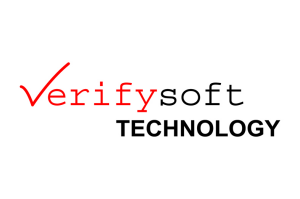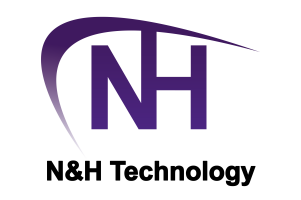Closing the gap in the IIoT
New IIoT solution between field level and edge
US-based cybersecurity and observability technology provider Splunk has expanded its OT solution offering with the "Splunk Edge Hub", which closes the data collection gap between the field level and edge environments.
Splunk Edge Hub simplifies the ingestion and analysis of data generated by sensors, IoT devices and industrial assets. It also creates more transparency in IT and OT environments by streaming previously hard-to-access data directly into the Splunk platform. Splunk Edge Hub is supported by Splunk partner solutions and is optimised to work with the Splunk platform's predictive analytics. This enables advanced monitoring, investigation and response and helps organisations increase the digital resilience of their systems.
Data deluge at the edge
More and more businesses are taking advantage of edge computing. The distributed computing framework brings data transmission and storage closer to data sources to reduce response times and save bandwidth. While edge computing is proving to be an innovation driver, the process of identifying and capturing large amounts of data across multiple physical and virtual sources can be complex, tedious and costly.
New Splunk technology for highly fragmented environments
Splunk Edge Hub streamlines the collection and exploration of edge data by breaking down the barriers and silos of data access in physical and virtual environments and acting as a data aggregator for third-party platforms. The hardware is ready to use and can be placed in a physical environment or in a customer's existing OT hardware. It can be easily configured to instantly collect, aggregate and transmit data to the Splunk platform.
Availability
Splunk Edge Hub is sold exclusively through authorised partners specialising in the IIoT, who can tailor the solution to address critical business and operational challenges in their industries. Splunk Edge Hub is currently available as a Limited Availability Release in the United States, with plans to expand to EMEA and APAC.
In combination with the Splunk platform, the Splunk Edge Hub offers customers:
● Monitor environmental conditions, such as water, temperature, humidity and gases, to quickly and efficiently identify and address problematic conditions.
● Perform predictive analytics to detect anomalies in manufacturing processes and early indications of maintenance needs or equipment failures to minimise operational downtime.
● Gain greater visibility across IT and OT environments to better identify, investigate and remediate threats and IT stressors from a single platform.
● Create customised solutions with the help of industry experts in environments where it has previously been difficult to extract data (e.g. transportation, oil and gas, and supply chain).





